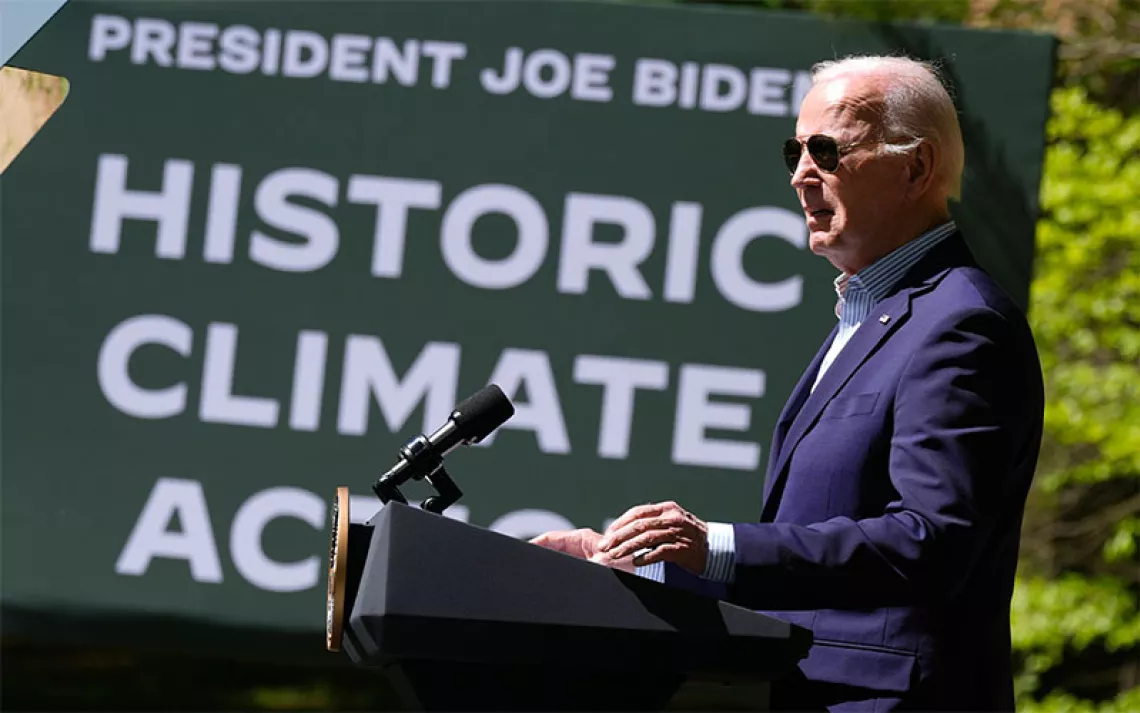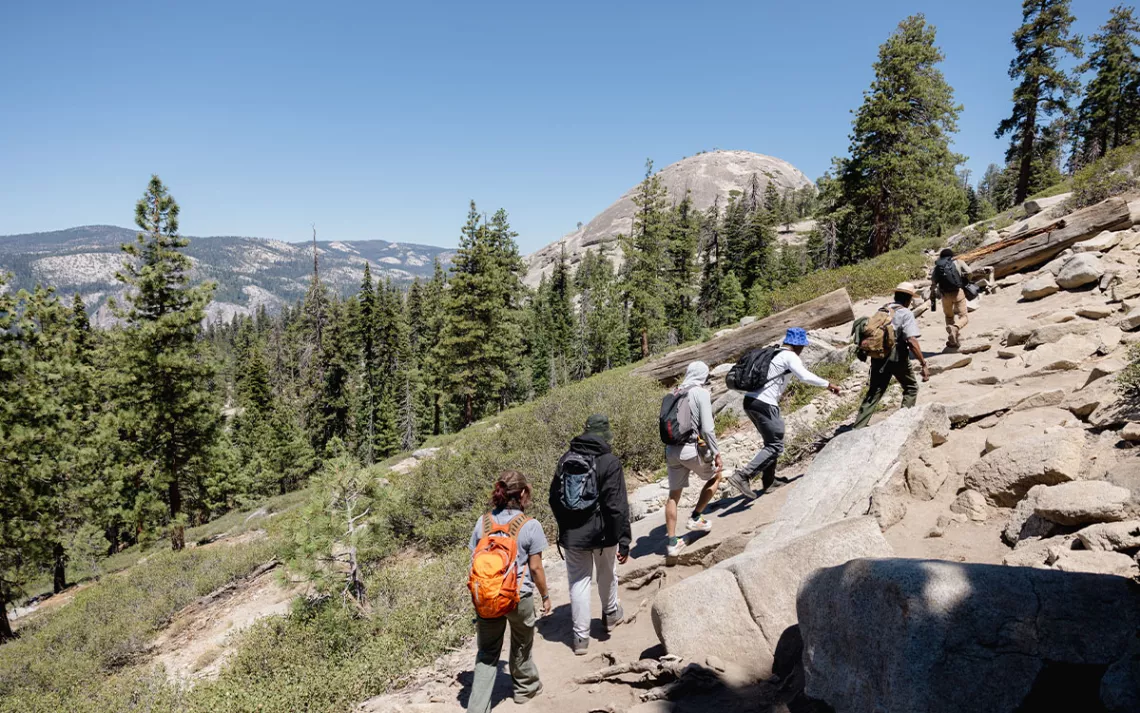The Shutdown Is Over. Now Follow the Money.
Where did DOI get the cash to keep selling oil and gas leases?

Photo by Kylet Perry | iStock
It was the longest government shutdown in US history, and work at the Bureau of Land Management (BLM) nearly ground to a halt. Some 7,000 of its 9,260 employees were furloughed. Public education programs and conservation corps maintenance ceased. The BLM stopped accepting most Freedom of Information Act requests.
But one sector of the Bureau kept working. Between December 28 and January 25, the BLM—the branch of the Interior tasked with making decisions on federal land use and natural resources—approved 38 new permits for drilling and 15 new leases for oil and gas development. It also accepted 260 applications for drilling, according to Center for Western Priorities, a watchdog group dedicated to public lands in the region. On January 8, while national parks piled up with garbage, Mike Sommers, president of the American Petroleum Institute, told the press that his industry was “not feeling the impacts” of the shutdown.
Meanwhile, at the Bureau of Ocean Management (BOEM), which manages offshore energy and mineral resources, 40 employees were reallocated in order to keep processing documents for the Trump administration’s National Outer Continental Shelf Program (OCS), which intends to open nearly all federal waters to drilling.
During a federal shutdown, only essential services—such as emergency response, fire prevention, and law enforcement—are supposed to stay open. So there’s a significant amount of interest in how the Interior Department kept processing oil and gas leases in the Gulf of Mexico and other public lands, and whether doing so was even legal.
On January 22, 14 Democratic senators sent a letter to the Interior Department, requesting an explanation of how BOEM made decisions and allocated funds to keep the Outer Continental Shelf program active.
Another letter, from the House Natural Resources Committee (HNRC), questions why the Interior Department didn’t extend the Arctic development’s public comment deadline, given that questions were going unanswered about the Interior Department’s plans for drilling in the Arctic National Wildlife Refuge (ANWR), a 19.3-million-acre expanse that is widely considered to be one of the last pristine wildernesses in the United States.
“Asking people to comment on two major development processes in the Arctic with huge potential environmental and human consequences,” wrote the HNRC, “without anyone in the agency able to answer questions, defeats the purpose of the public participation process.” The Interior Department must allow a minimum of 45 days for public comment on draft environmental impact statements. During past shutdowns, it’s been common practice to move deadlines to ensure public comments are processed correctly.
It’s still unclear exactly how the Interior Department allocated resources and made decisions about leasing and permitting. Acting Secretary of the Interior David Bernhardt, the former oil lobbyist who has filled in after Ryan Zinke’s departure, has been relatively silent about the agency’s operations. But it’s possible that Interior dipped into funds that under the National Environmental Policy Act (NEPA) and appropriations law, would have required congressional approval.
Furthermore, it’s possible that by fast-tracking approval for oil and gas leases during the shutdown, Interior agencies failed to give the proper review to the environmental and cultural impacts of the projects, which is mandated under the Endangered Species Act and the National Historic Preservation Act.
On January 24, the Democrats of the House Committee on Natural Resources held a public forum with environmental, policy research, and tribal groups. Representatives from the Natural Resource Defense Council, the Wilderness Society, the Center for American Progress, the All Pueblo Council of Governors, and the Public Lands Alliance, came to rail against Interior and BLM practices.
“Secretary Bernhardt’s Interior Department is a black box of secrecy,” said Matt Lee-Ashley, senior director of environmental strategy and communications at the Center for American Progress, at the forum. “We’re only beginning to count how many laws are being broken right now.”
“It is utterly immoral that the Trump administration treats one group, the fossil fuel industry, as more important as others,” added committee congressman Alan Lowenthal (D-CA).
“BLM continues to push for oil and gas development to the detriment and possible destruction of Pueblo cultural resources and sacred sites,” said Governor Kurt Riley, co-chairman of the All Pueblo Council of Governors Natural Resources Committee, about BLM activity in New Mexico. “This already disastrous process is only made worse during this government shutdown.”
Meanwhile, while oil and gas leases moved forward, including public meetings about drilling in ANWR, BOEM postponed two public meetings that were scheduled for public discussion of the Vineyard Wind Project, an offshore wind farm off the coast of Massachusetts.
When offered a chance to respond to allegations of misappropriated funds and preferential treatment for the oil and gas industry, the main press office for the Bureau of Land Management responded with a written statement:
"Across the BLM, we are working on assessing the impact of the recent lapse in appropriations on our current operations and pending actions and decisions. We will provide further information as soon as possible regarding any operational changes, extensions and modifications of public comment periods, rulemakings, permits, and other issues as soon as possible. For people planning to visit BLM-managed public lands soon, we encourage them to please check in with their local BLM office for information on accessibility and services. Contact information may be found at blm.gov/contact."
 The Magazine of The Sierra Club
The Magazine of The Sierra Club



